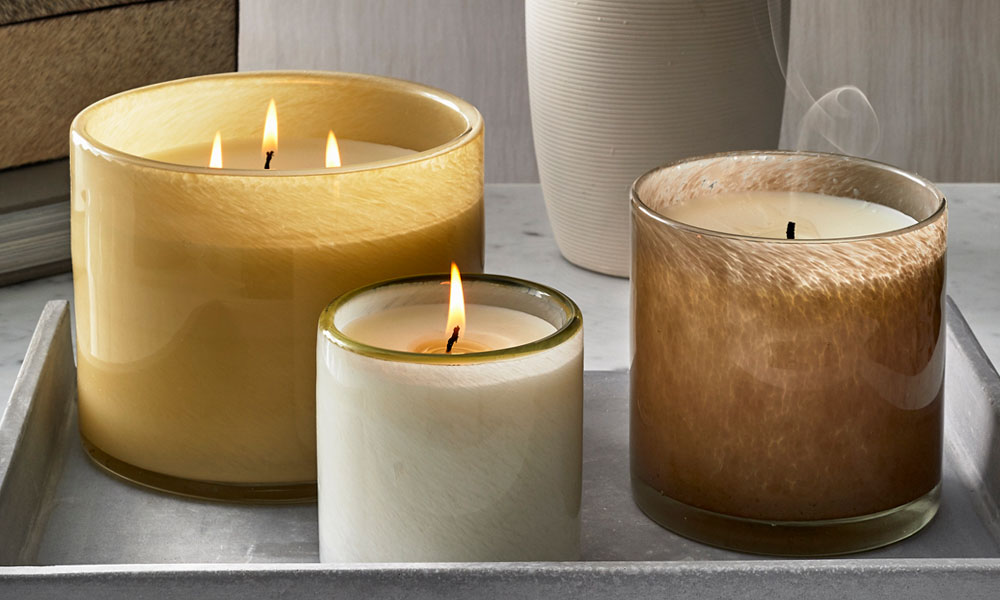When shopping for candles, there are a few factors to consider in making your decision. Think about the size of the candle you want, the shape, and the fragrance. As important as these details are, it’s also wise to look at the materials from which the candle is made.
Certain types of wax burn cleaner than others and some do a better job of holding fragrance and color. Consider the number of wicks the candle has, as well as the type of wick. The wrong wick could keep your candle from burning evenly and it might even impact the intensity of the fragrance.
Here’s what you need to know about what candle wicks are, how they work, and how to get the most out of them at home.
Why Does the Wick Matter?
View this post on Instagram
The purpose of a candle wick is to deliver fuel to the flame (the fuel being melted wax). Candle wicks work by capillary action, drawing the melted wax up along the length of the wick until it reaches the flame. There the wax vaporizes and combusts.
Every detail about a candle wick affects how the candle will burn. Key characteristics include diameter, fire-resistance, and stiffness. It also matters whether the candle is tethered or not – untethered wicks may float to the top of the melted wax and burn before the wax burns off.
As you could probably guess, the larger the diameter of the wick, the larger the flame will be. Large wicks also create larger pools of wax, so the candle will burn faster.
Candle wicks take a variety of forms including the following:
- Cored Wicks – These wicks are braided or knitted around a core material that keeps the wick standing upright while burning.
- Flat Wicks – This type of wick can be plaited or knitted, typically from three bundles of fiber. They burn consistently and curl in the flame to deliver a self-trimming effect.
- Square Wicks – These wicks have the same self-trimming benefit but they’re more robust than a flat wick. Square wicks are more rounded than flat wicks and are popular for use in beeswax candles.
- Wooden Wicks – This type of wick creates a soft crackling sound as it burns. There are several types including single-ply, multi-layered, curved, and decorative.
There are also specialty wicks which are designed for a specific purpose, such as use in oil lamps or insect-repellant candles. LAFCO candles are made with renewable soy wax and 100% cotton wicks. Choose from six different candle sizes ranging from the 1.9-ounce votive all the way up to the new 86-ounce four-wick candle.
How to Care for a Candle Wick
View this post on Instagram
It may seem simple enough to light a candle but putting a little thought into how you treat your candle affects its performance. If you don’t treat your candle well, it could burn unevenly which impacts both its burn time and the intensity of the fragrance.
Here are some simple tips to follow:
- After the first burn, trim the wick to about ¼ inch above the surface of the wax before lighting the candle.
- Let the candle burn until the wax melts all the way across the candle’s surface.
- Place the candle away from flammable objects and sources of air movement.
- Keep the wax pool free from pieces of trimmed wick and other debris.
- Allow the melted wax to harden completely before you light the candle again.
- When burning multiple candles, place them at least 3 inches apart.
Want to get the most out of your candle? Pick up a LAFCO wick trimmer and snuffer. This handy little tool is thoughtfully crafted to simplify the task of trimming candle wicks while also safely snuffing the candle. By trimming the wick as it snuffs out the candle, this tool saves you the hassle of having to trim the wick before your next relight.


